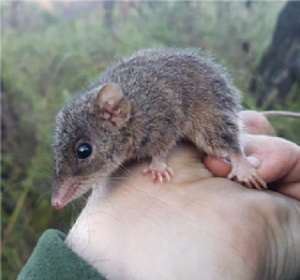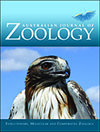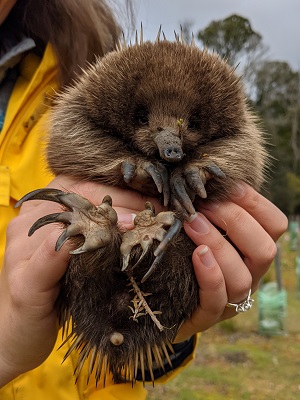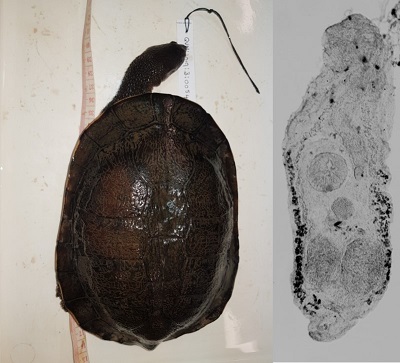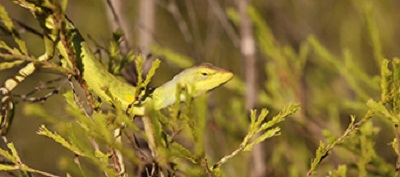Australian Journal of Zoology
Volume 69
Number 3 2021
Fire can have severe impacts not only on animal populations, but also their behaviour. We measured small mammal microhabitat use in response to fire and found that bush rats select for dense understorey elements, whereas agile antechinuses showed no preferential selection for the measured habitat variables. Strong selection by bush rats for unburnt patches post-fire suggests that low intensity, patchy burns may help them persist in recently burnt areas.
Photo by Tim S. Doherty.
We provide the first quantitative estimates of survival, recruitment and climate impacts for the echidna, utilising a large 19-year dataset of mark–recapture data. Known-fate modelling of radio-tracked individuals suggests that climatic conditions, specifically low spring/summer rainfall and more high-temperature days, impacted survival but not recruitment for the study population. In combination with habitat destruction and other sources of environmental degradation, these results suggest that climate-enhanced drying and temperature increase could pose a threat to echidna populations in Tasmania.
Photo by Tamika Lunn.
Feral populations of freshwater turtles have established in Tasmania but many aspects of their biology in the wild remain unknown. Two species of digenean parasites were found to infect three of the 11 turtles examined in this study. Because of the lack of native populations of freshwater turtles in Tasmania, these parasites must also have been introduced to Tasmania and have established life cycles in the new environments.
Photo by Diane P. Barton.
Animals communicate to influence the behaviour of others, and documenting the diversity of such signals can provide insight into the social behaviour of animals. Many Australian dragon lizards use movement to communicate, which can feature movements of the tail, limbs and whole body in a variety of ways, but we know little about the signalling behaviour of many of them. We describe for the first time the signals of three dragon lizard species from the Kimberley region of Western Australia.
Photo by Jose A. Ramos.
